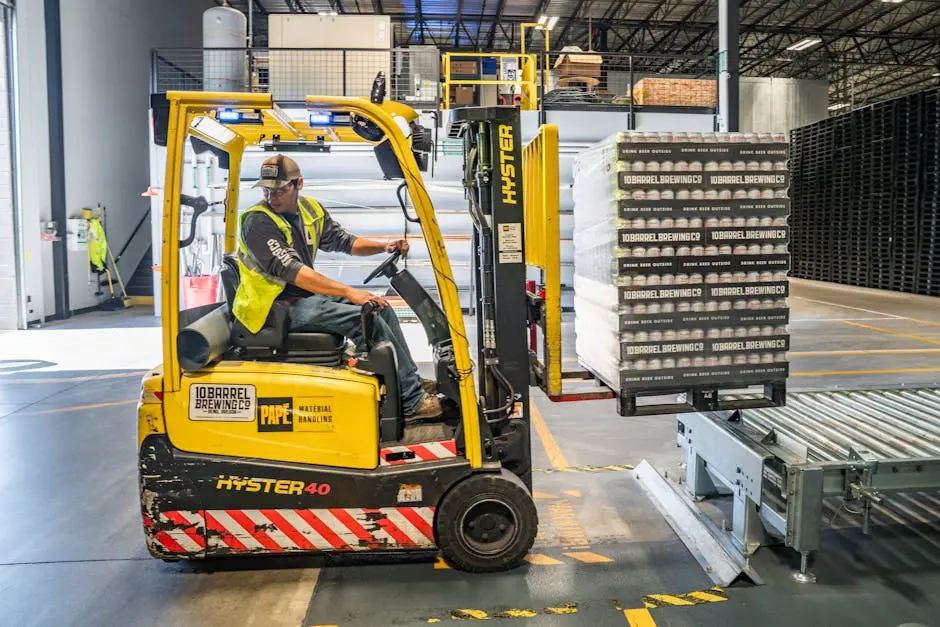Automated order fulfillment systems are revolutionizing the way businesses manage their logistics and operations. Understanding the key features of these systems can help businesses optimize their processes, enhance customer satisfaction, and drive growth. In this FAQ, we will explore the essential features that make automated order fulfillment a game-changer for many industries.
Real-Time Inventory Management
Real-time inventory management is a cornerstone of automated order fulfillment systems. This feature allows businesses to monitor stock levels continuously, ensuring they never run out of vital products. With up-to-date data at their fingertips, managers can make informed decisions quickly.
Imagine a scenario where a customer places an order online, and the system automatically updates inventory levels. This prevents overselling and enhances customer trust. Real-time management not only reduces human error but also saves precious time that would otherwise be spent on manual checks.
Moreover, real-time inventory management facilitates better forecasting. By analyzing trends and patterns, businesses can anticipate demand for specific products, optimizing their stock accordingly. This proactive approach leads to improved sales performance and customer satisfaction.
Order Tracking and Visibility
Order tracking and visibility are key features that enhance the customer experience. Customers today expect to have real-time access to their order status, and automated order fulfillment systems provide just that. With tracking capabilities, businesses can keep customers informed throughout the fulfillment process.
When customers know where their package is, they feel more in control and valued. Automated systems offer notifications via email or SMS, updating customers when their order is processed, shipped, or delivered. This transparency builds trust and encourages repeat purchases.
Additionally, order visibility can help businesses address issues proactively. If there’s a delay in shipping, the system alerts management, who can then communicate with the customer promptly. This not only mitigates frustration but also elevates the brand’s reputation for reliability.
Integration with E-commerce Platforms
Integration with e-commerce platforms is crucial for seamless operations in automated order fulfillment systems. These systems are designed to work harmoniously with various online marketplaces, ensuring that orders flow effortlessly from the digital storefront to the fulfillment center.
Through integration, businesses can synchronize inventory levels, making sure that what is available online is accurate. This significantly reduces the risk of overselling and creates a smoother shopping experience for customers. A well-integrated system can update stock in real time as sales occur, leading to a more efficient workflow.
Furthermore, integration simplifies reporting and analytics. Business owners can access performance data across platforms in one place, leading to better decision-making. By leveraging integrated data, businesses can identify trends, assess marketing effectiveness, and adjust strategies effectively.
Automated Picking and Packing
Automated picking and packing is another transformative feature of automated order fulfillment systems. This technology can drastically reduce the time it takes to prepare orders for shipment. By utilizing robotics and automation software, businesses can enhance their efficiency and accuracy.
In the picking process, automated systems can identify and retrieve items faster than human workers, ensuring orders are filled quickly. When it comes to packing, standardized processes help minimize damages, as every package meets specified quality standards. This reduces error rates and ultimately saves costs.
Moreover, automated picking and packing operations can handle large volumes of orders, making them an ideal solution for e-commerce businesses facing high demand. This scalability ensures that companies can grow without compromising their service quality, adapting to market trends swiftly.
Scalable Solutions for Growth
Scalable solutions for growth are essential for businesses aiming to expand without facing operational hurdles. Automated order fulfillment systems are built with scalability in mind, allowing adjustments based on fluctuating demands and market conditions.
As a business grows, its order volumes may increase significantly; automated systems can adapt by adding more processing capabilities, without needing a complete overhaul. This level of flexibility ensures that businesses can scale confidently while maintaining efficiency.
Moreover, scalability isn’t just about handling more orders; it also allows businesses to explore new markets or product lines. An automated fulfillment system can seamlessly integrate these new offerings, providing businesses the agility they need to thrive in competitive environments.
Wrapping Up on Automated Order Fulfillment Features
In summary, automated order fulfillment systems offer a range of key features that can significantly improve business operations. By integrating advanced technology, companies can streamline processes, reduce errors, and provide better service to their customers. Understanding these features is crucial for any business looking to enhance its efficiency and competitiveness.


